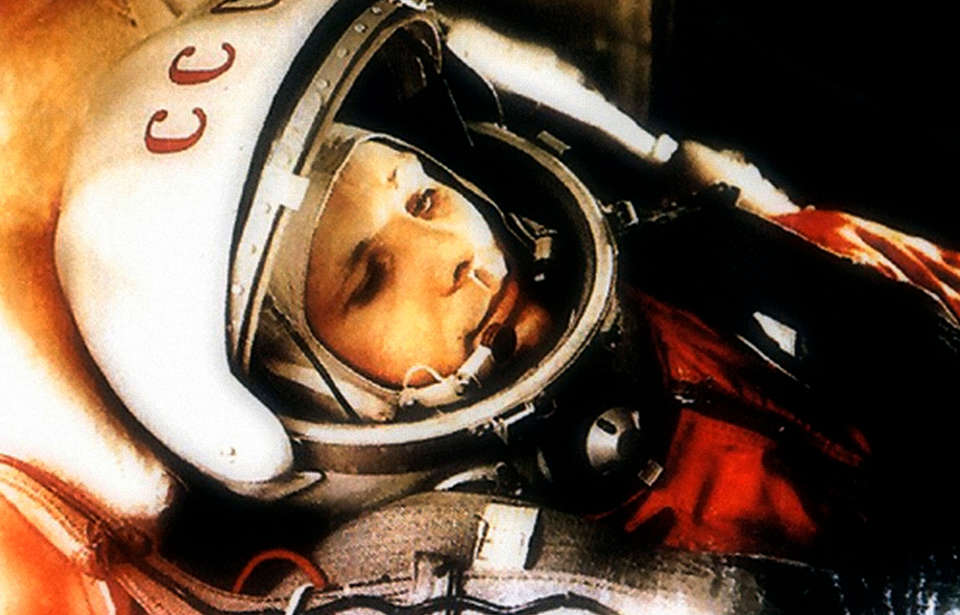The Space Race was a battle between the U.S. and Soviet Union that was fought with brains, science, and technology in the cold expanse of space. The Space Race essentially ran alongside the Cold War, and the two were heavily linked.
Asserting dominance in space was seen as a matter of national security and a symbol of prestige, power, and superiority for that nation. Initially, the Soviets led the way, smashing records one after the other, but Apollo 11’s landing on the Moon in 1969 is regarded by many to be the defining moment of the Space Race, and one of humanity’s greatest achievements.
This moment overshadowed any achievements before or after, meaning much of the Soviet Union’s impressive feats of science and technology went unnoticed. In this article, we have compiled a number of facts about the Soviet Union’s involvement in the Space Race.
They carried shotguns into space
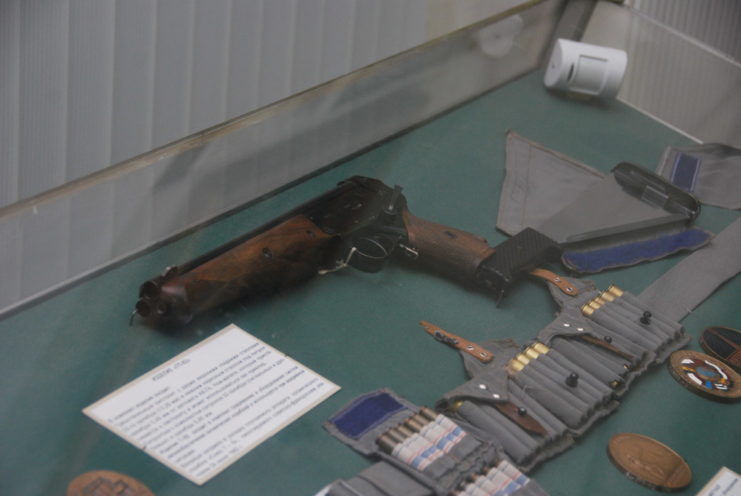
Once a mission is over, U.S. astronauts usually land in the sea, while the Soviet cosmonauts would return back down onto land, thanks to the vast size of Soviet territories. However, this means a re-entry capsule could get lost in areas like Siberia, which has extremely cold temperatures and fearsome predators like tigers and bears.
The capsule has a survival kit to help the crew while they await their pickup. Included in this kit until 2007 was a TP-82 Cosmonaut survival pistol, which has two 40 gauge shotgun barrels and one 5.45×39mm barrel. The buttstock doubles as a machete.
The weapon could be used for hunting and to defend against potential predators. It could also fire flares for search parties.
Their spacesuit visors are bulletproof
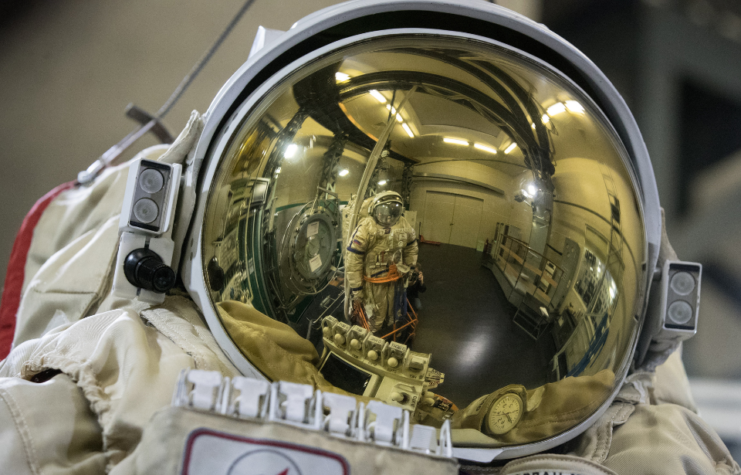
To resist the incredible extremes of space, cosmonaut helmets contain a bulletproof, 24K gold visor. Visually, the visor looks like it’s made of glass, but it is actually made of an incredibly strong polycarbonate plastic material. This is similar to the bulletproof material used in Russia’s current attack helicopter cockpits.
As if this wasn’t impressive enough, the visors contain 24K gold to help filter out the extremely intense light from the sun that was landing on cosmonauts’ faces.
They placed the first human in space
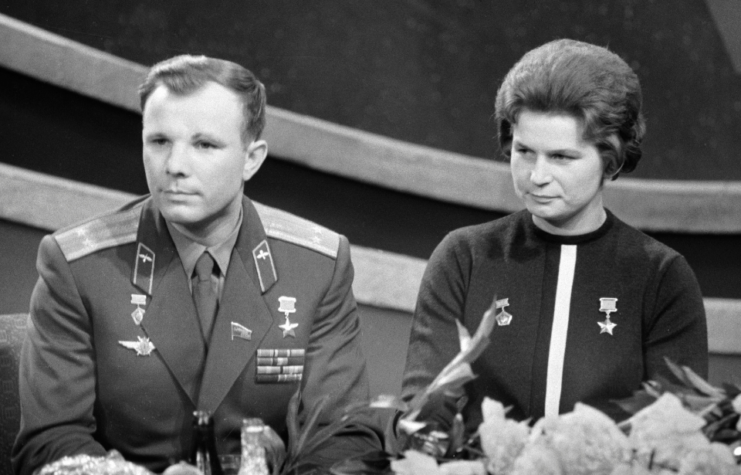
While the U.S. may have ended up winning the Space Race by most accounts, the Soviets managed to amass a large collection of firsts.
They got off to a blistering start in the beginning, sending up Sputnik on October 4, 1957, the first artificial satellite, and placing the first animal in space shortly after in November 1957. Naturally, achieving the goal of sending a human into space was the next step.
On April 12, 1961, Yuri Gagarin became the first man in space, creating a national hero. Two years later in 1963, the Soviets then put the first woman in space, Valentina Tereshkova.
Their spacesuits were once considered ‘overkill’
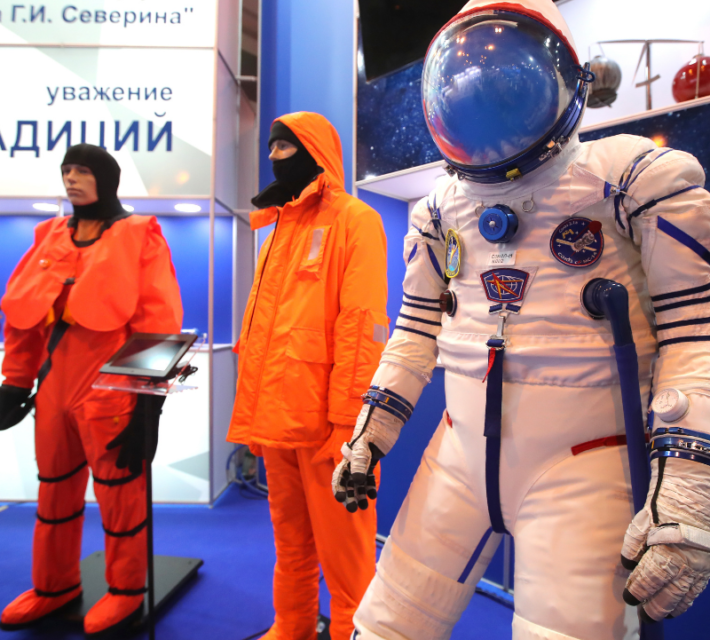
Early Soviet cosmonaut space suits were basically heavily reinforced versions of those used by high-altitude pilots. These spacesuits were so well built that some considered them to be excessive.
This was because, on a successful flight, the suits are bulky and take up room, restrict movement and increase the weight the launch vehicle must carry (which raises costs considerably). However, after a fatal incident in 1971, the Soviets abandoned the idea of leaving the suits behind.
The cost of a modern Russian space suit is unknown, but a U.S. suit costs around $12,000,000.
Russia sold spacesuits to China, which they copied
China reportedly purchased a spacesuit from the Russians in the early 1990s, which they then redesigned to be used for their missions into space.
The suits sold were ones that could only be used inside a spacecraft, though, so the Chinese were not able to produce a suit capable of a spacewalk for their taikonauts. It wasn’t until 2008 that taikonauts were able to go on a spacewalk (in a Russian Orlan spacesuit), with their second spacewalk only occurring in 2021.
The Soviets landed the first remote-controlled rover
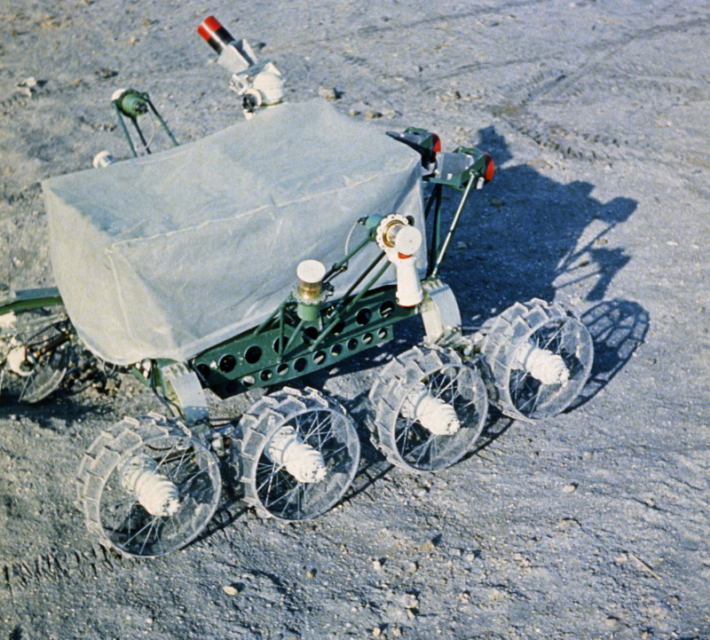
While landing a rover on a celestial body seems easy compared to landing people there, it still comes with a host of extremely difficult challenges. Despite this, the Soviets managed to do it on November 17, 1970.
Lunokhod 1 touched down in the Sea of Rains armed with a suite of cameras, sensors, and other systems for scientific analysis. The eight-wheeled rover survived for almost a year on the moon, performing experiments and taking photos before it went dark.
More from us: Virgin Galactic Holding Charity Raffle For Two Commercial Tickets To Space
Its location was lost until NASA managed to hit the rover’s light reflector with a laser in 2010. Since then, Lunokhod 1 has been used to accurately measure the moon’s distance from Earth.
Unfortunately for the Soviets, Lunokhod 1 was massively overshadowed by the Apollo missions.
